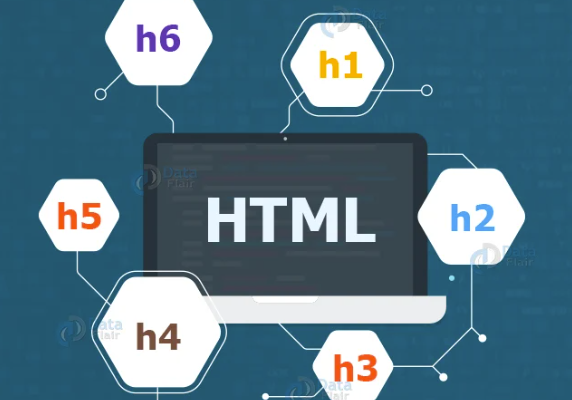In the realm of digital accessibility, headings play a crucial role in creating an inclusive and user-friendly experience for individuals with disabilities. In this blog post, we will explore the importance of heading levels for assistive technology and their significant impact on promoting inclusivity and ease of use for all users. Let’s delve into the world of heading levels and discover how they contribute to digital accessibility.
The Significance of Headings
Headings not only provide a visual hierarchy and structure to content but also serve as navigational landmarks for assistive technologies, such as screen readers. Properly structured headings enable users with visual impairments to understand the organization of content and navigate through it effectively.
Benefits of Heading Levels
Heading levels, ranging from <h1> to <h6>, offer numerous benefits that promote inclusivity and ease of use for individuals using assistive technology. Here’s why heading levels are vital for digital accessibility:
Clear Content Organization
Headings establish a clear and logical structure for content, allowing all users to comprehend the layout of a webpage quickly. Properly defined headings ensure that information is presented in a meaningful and hierarchical manner.
Facilitating Screen Reader Navigation
Screen reader users heavily rely on headings to navigate and skim through content. By using appropriate heading levels, developers make it easier for users to locate specific sections and jump directly to the information they need, improving overall usability.
Context and Comprehension
Headings provide contextual information, enabling users to understand the purpose and topic of each section. This is particularly beneficial for individuals with cognitive disabilities who may struggle with processing large amounts of information. Clear headings aid comprehension and make content more digestible.
Keyboard Accessibility
Heading levels also contribute to keyboard accessibility. Users who navigate websites using the keyboard can leverage headings to understand the structure of the page and jump to relevant sections quickly. This enhances the efficiency and usability of the website for individuals with mobility impairments or those who prefer keyboard navigation.
Best Practices for Using Heading Levels
To ensure maximum accessibility and usability, consider the following best practices when using heading levels:
- Use Headings for Structure: Reserve heading elements (
<h1>to<h6>) for actual headings and avoid misusing them solely for styling purposes. Headings should accurately represent the hierarchy and structure of the content. - Maintain Sequential Order: Follow a logical and sequential order for heading levels. Start with the main heading as
<h1>, followed by lower-level headings such as<h2>,<h3>, and so on. Avoid skipping levels or using headings out of sequence. - Limit Heading Nesting: Appropriately nest headings to maintain a clear and concise structure. Avoid excessive heading nesting that may confuse users relying on assistive technology. Maintain a logical and intuitive hierarchy of sections.
- Separate Content with Headings: Use headings to divide content into meaningful sections. Each section should have a unique and descriptive heading that accurately represents the content within it.
Heading levels play a pivotal role in enhancing digital accessibility and promoting inclusivity and ease of use for all users, including those relying on assistive technology. By structuring content using proper heading levels, developers ensure that individuals with disabilities can navigate, comprehend, and engage with web content effectively. Embracing best practices for heading usage enables us to create more inclusive and accessible digital experiences for everyone. Let’s prioritize the implementation of heading levels to make the web a more inclusive space for all.
What is next?
In our next installment, we’ll discuss the importance of headings for screen readers and how they promote inclusivity and ease of use for individuals relying on screen readers. Stay in touch!
For more information on why accessibility is important in general, you can check out my previous blog post here.
For further information on how to make your product accessible to your audience, contact our experienced design experts, check out our Accessibility IQ for your website, download our guide Digitally Accessible Experiences: Why It Matters and How to Create Them, read more from our UX for Accessible Design series.


The blog post “Unlocking Digital Accessibility: Exploring the Power of Cognitive Assistive Technologies” provides insightful information on the potential of cognitive assistive technologies in enhancing digital accessibility. The content is well-structured, concise, and engaging, effectively conveying the significance and benefits of these technologies. A great resource for understanding the future of digital accessibility.